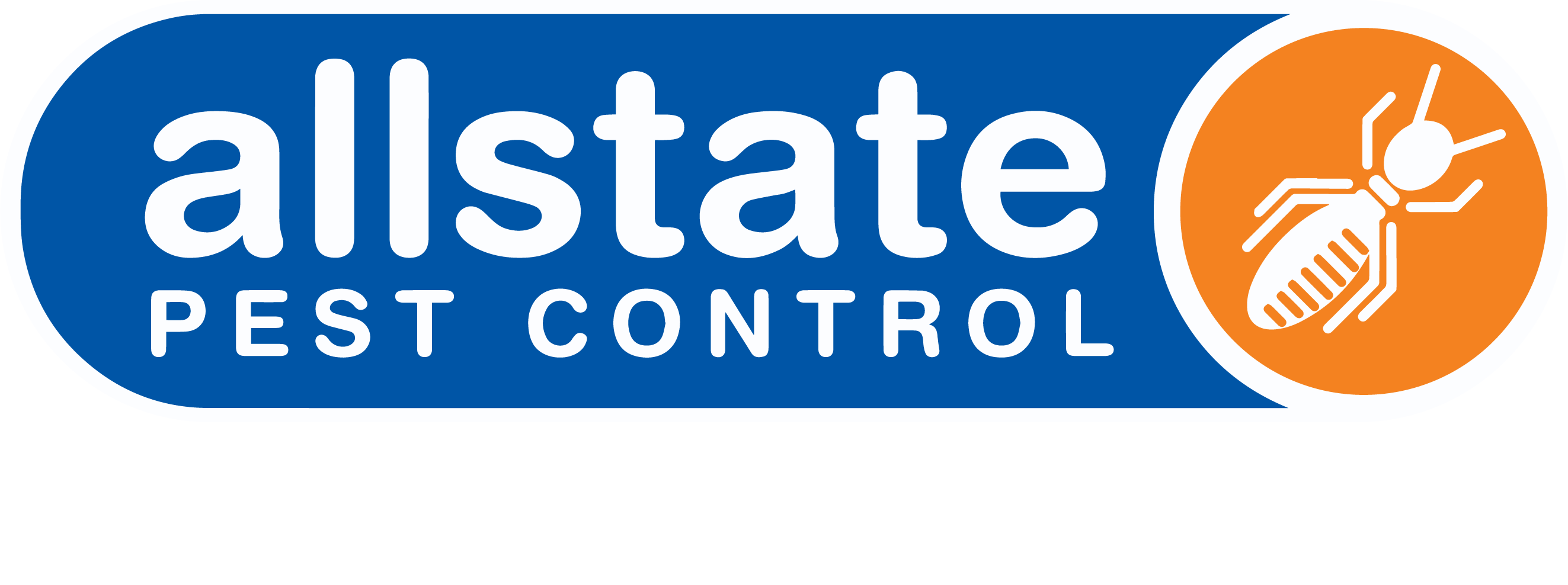THE ULTIMATE GUIDE TO BEE PREVENTION
As your garden starts to bloom again after a long, cold winter, you can give thanks to bees for helping out. With a key role in pollinating and assisting plants to grow and survive, bees are an important part of our food production cycle.
While they have a positive impact on the ecosystem, having a swarm of bees buzzing around your yard can also be a nuisance. Not only are they notoriously noisy, their painful stings can also trigger allergies and even cause anaphylaxis.
If you’re concerned about a bee problem, our Hivemind article will help you learn more about the tell-tale signs of an outbreak, how manage it, as well as how to know if you’ve got bees or wasps.
What questions will this article answer?
Why are bees attracted to my garden?
Bees are more active in the warmer months, from October to December, and hibernate in winter. If you have plants and flowers in your garden, it’s likely that you’ll be visited by bees at some point.
This is because they play an important role in nature and food production by helping plants to reproduce and improving survival through pollination and preventing inbreeding.
A bee’s main job is to transport pollen between different plants, and sometimes within the same plant, to assist with fertilisation.
Types of bees
It’s thought that there are 1650 species of Australian native bees, with at least 200 of them found in the Adelaide Hills alone. Here are the common species that may visit your garden:
Australian native bees
Being unable to store nectar, native bees only produce minimal amounts of honey. They range from 2mm to 2.5cm long.
- Carpenter bees (green, yellow and black coloured) are known to burrow into soft timber
- Teddy bear bees are excellent pollinators due to their ability to trigger the release of pollen through a specific vibration pattern in their wings and body
European honey bees
Not native to Australia, European bees were introduced here about 200 years ago with a specific mission to produce honey. They are usually around 0.5 inches long.
What is the difference between European bees and wasps?
It’s handy to know the difference between bees and wasps so that you can act fast to protect your family if you’re confronted with a swarm. There are several features you can look for:
Appearance
Bees and wasps can often look similar, but wasps have a longer abdomen, distinct yellow and black stripes, some have hair and are designed for hunting. Most bees are covered in fine hairs which assist with collecting pollen, though some bees have no hair at all.
Flying pattern
Wasps tend to fly in a zig-zag path and move directly from one location to another.
Bees retract their legs in flight, whereas wasps don’t.
Nesting material
Wasp nests are large and elaborate and made of mud and chewed wood to form a grey, paper-like nesting material. Beehive honeycombs are made of yellow wax, which is secreted by their wax-producing glands.
Stinging behaviour
Bees can only sting once, and some may not even sting at all. Wasps are more aggressive and easily provoked, and can sting multiple times, particularly if they are protecting their Queen.
Bees and wasps release a pheromone to attract other members of their colony when they feel threatened, so it doesn’t take long for a bee problem to escalate.
Wasp stings often feel more painful than beestings due to stronger chemicals being secreted into the skin.
Feeding behaviour
While bees eat mostly honey and pollen, they are also drawn to overripe fruit and substances high in sugar. Wasps’ diet includes the above, but they also feed on other small insects and plants i when necessary.
Signs of a bee outbreak
Call pest control if you notice any of the following signs of a bee infestation in and around your home:
A larger number of bees than usual
This is the most common sign that there is an active infestation.
Constant buzzing sounds
Bees can flap their wings at a rate of 200 beats per second and create a loud distraction.
Drawn to lights at night
As bees are naturally drawn to sources of light, you may notice many them swarming around lights in and around your home when it’s dark.
Holes appearing in wooden structures
Check for odd openings appearing in unusual spots in trees or walls around your home. This could be the work of carpenter bees, who are known to burrow into wood.
Dark stains on walls or ceilings
If there is a beehive located within your home, honey can spill out and accumulate on walls and ceilings, leaving behind discoloured patches.
You notice active beehives
Locate the hive by following their flying pattern towards a particular location. It may be tucked away inside tree cavities, wall and roof cavities, your garage, shed or even underneath floorboards.
Problems caused by bees
Although they are small, bees can cause damage to your home by leaving unattractive honey stains on your walls and ceilings.
Many people dread bee stings, and it’s no wonder why. Not only are they painful, but they can also trigger allergies and in some cases, anaphylactic shock, which requires emergency treatment.
With noisy buzzing sounds emitted by their rapidly flapping wings, you and your family will find a bee swarm to be distracting, disruptive and not to mention, very irritating.
As foragers by nature, bees visit many places, and easily collect bacteria and other germs with their fine hairs. This can result in the spread of disease and lead to poor hygiene.
Queen bees can lay 2000 eggs a day, with adults taking around three weeks to develop. With such a quick reproductive cycle, there’s no doubt that outbreaks can get out of control in a very short time.
Worried about bees? Our expert team is ready to help you now
 or
or
How to prevent bees outside
There are many simple ways to deter bees from your home and yard. You can start by making your home less welcoming to bees by removing attractants such as fallen fruit from your yard. Where possible, it’s best to choose natural bee repellents as they don’t cause physical harm to bees.
In general, using deterrents with a strong scent are highly effective as bee antennae are excellent chemical detectors of smells. Here are some ways for you to remove bees without killing them:
Keep food covered
In summer when dining outdoors, avoid leaving food and drinks exposed if they are high in sugar or contain meat or dairy products.
Electronic bug repellent
Available from hardware stores, these devices emit ultrasonic sound waves that deter bees from entering your home.
Sprays
Fill a pump bottle with water and mix in a few drops of citronella, lavender, peppermint, lemongrass, lemon myrtle essential oils. You can also use cinnamon, lemon, lime, cayenne pepper, liquid soap, vinegar.
We recommend spraying your preparation around entry points including windows, doorways and around pots and plants.
Strongly scented products
You can burn scented candles and hang mothballs around your yard and deck.
Cucumber slices laid along aluminium paper or trays
A chemical reaction between the cucumber and aluminium gives off an odour that is highly repulsive to bees.
Bee repelling plants
Filling your garden with geranium, marigold, mint, eucalyptus, neem and citronella can reduce the number of busy bees around your home.
Professional bee extermination
In order to remove bees safely, it’s essential that the handler understands bee behaviour and has the right protection and equipment.
At Allstate, our team is aware that bees play key role in the ecosystem and should only be prevented if they pose a health risk, or their hive cannot be relocated to a safer place.
If needed, we’ll work with local professional beekeeping groups to ensure that as many hives can be relocated as possible, to cause minimal harm to bees.
We’ll first advise you to avoid disturbing a beehive, making sudden movements and provoking bees.
We’ll also try to identify the species of bee to assess the level of danger to you and your family.
To treat an outbreak, we’ll apply a control dust to prevente the colony and stop bees from returning. Depending on its severity, we may recommend a review to monitor the effectiveness of the treatment.
We’ll also prepare a report so you’ll have a record of how we treated the problem for future reference.
For all urgent bee outbreaks, we have an emergency bee removal service available.
You can learn more about our bee treatments here.
Get expert bee removal today
 or
or
Choose Allstate for fast and reliable bee prevention
There’s no doubt that having a large swarm of bees buzzing around your home and garden is both a stressful and potentially dangerous situation.
Luckily at Allstate, our team understands the need to quickly act to remove a bee outbreak. That’s why we’re fully equipped and highly trained to understand bee behaviour and handle them safely and humanely.
Whether you’re in a residential, commercial or industrial property, we use innovative and targeted treatments to prevente bees in accordance with Australian standards and laws. If needed, we will take extra precautions and call in beekeeping specialists for assistance. Where possible, we prioritise using treatments which are nontoxic to children, pets and the environment.
With Allstate’s interest-free payment plans, your bee prevention can start as soon as possible. All of our services are covered with a 100% money-back satisfaction guarantee.
Contact Allstate today to find out how our friendly and experienced team can help you with Adelaide bee swarm removal.


